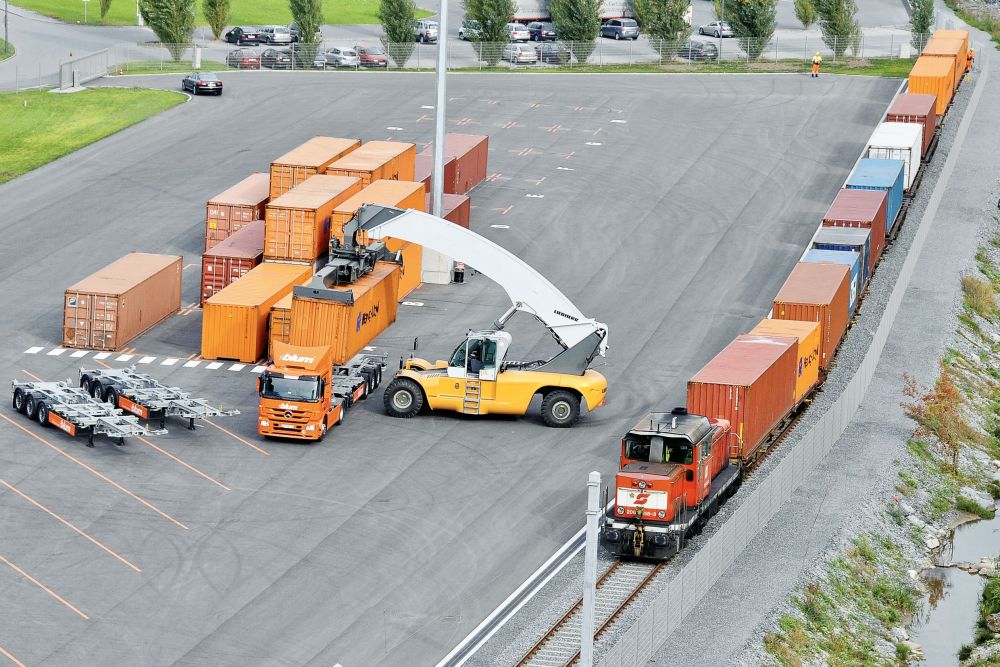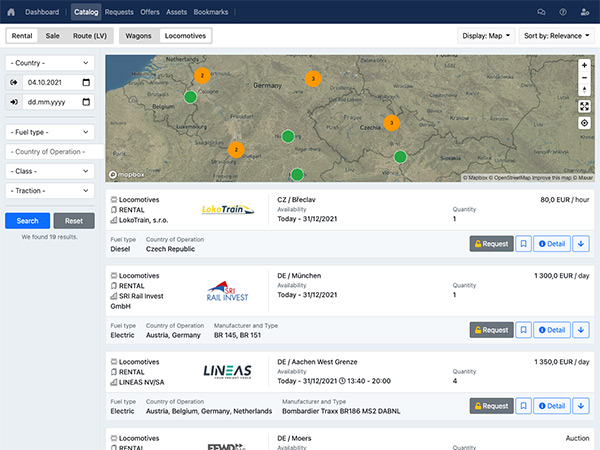Vorarlberg has more than 20 company-owned railway sidings. They are the key to shifting freight transport from road to rail. According to a recent study by the Austrian Federal Environment Agency, heavy goods vehicles on Austria's roads will cause more than €560 million in pollutant, CO2 and noise emissions in 2023 alone. In the next two years, these costs to the general public will rise to well over €600 million each year. It is therefore high time to shift freight transport from road to rail. Transporting goods by rail produces 30 times less CO2 and consumes 6 times less energy than by road. Shifting freight from road to rail is particularly important in densely populated areas to protect the population or in sensitive mountain and natural regions. Both apply to Austria's westernmost province. Vorarlberg has a strong economy, a high population and business density in the Rhine Valley and unspoilt, sensitive mountain areas. Shifting freight from road to rail is therefore becoming increasingly important.
According to ÖBB CEO Matthä, the connecting railways are an important anchor for shifting traffic. After all, "goods that are shipped by rail from the factory usually remain on the rails until they reach their destination. For customers without their own rail siding, public loading sidings are available for loading onto rail, and intermodal terminals are the ideal hub between road and rail for combined transport".
Around 3 million lorries currently travel the roads of Vorarlberg every year. This means that about 90 per cent of all goods are transported by road. The modal share of rail in Vorarlberg's freight transport volume is still far too low at around 10 per cent. Yet Vorarlberg would be predestined for rail freight transport. Due to the strong export orientation of the economy, Vorarlberg is dominated by origin and destination traffic, i.e. freight either comes from abroad to be processed in Vorarlberg companies or is exported abroad. At the meeting with ÖBB CEO Andreas Matthä, Mobility Councillor Daniel Zadra therefore stressed: "We have to decide whether we want to live in a truck transit country or a railway country. In my view, the decision is clear. Freight transport must be shifted from road to rail. We want to work on this together with the Vorarlberg economy".
In addition to the ÖBB container terminal in Wolfurt and the smaller rail terminal in Bludenz, there are 24 company-owned sidings in Vorarlberg with connections to the ÖBB network and a further seven to the Montafonbahn. These rail sidings provide companies with direct access to the international rail network and thus to international ports and economic centres.



